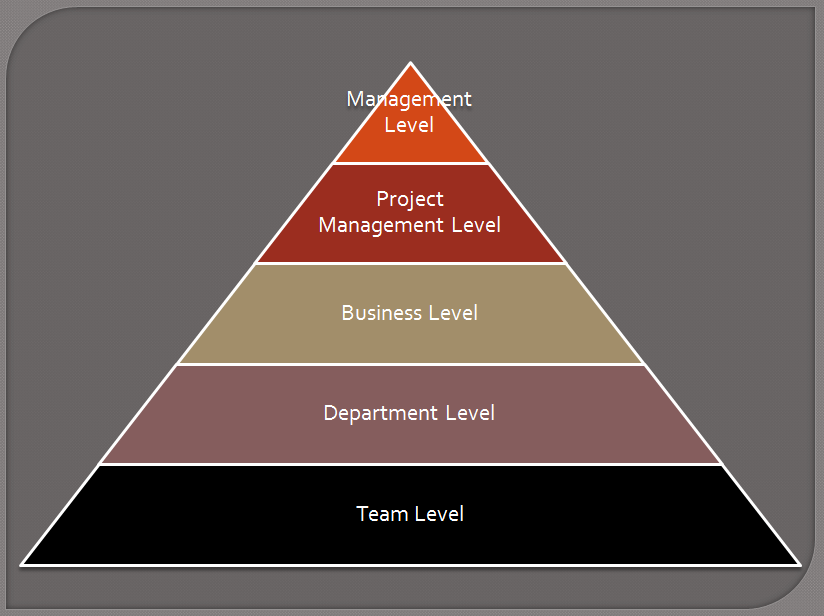Summary
This area deals with knowledge acquisition and knowledge management in an organization. One of the main points of CMMI is to maintain a process repository (as expressed in the Organization Process Definition Area) that enables the organization to acquire and maintain its knowledge. Agile Organizations should maintain this repository, by creating an Agile Culture (I expressed my doubts about being able to create a documented knowledge repository in an agile software organization, as I think software development is a craft). Therefore, processes and techniques live inside the people's brains of the organization and is acquired and maintained by practicing and teaching those process and techniques. Knowledge is maintained using the model used in the past by guilds.Goals
- There is a knowledge path that people follow inside the organization, starting from apprentice (someone that is learning, does exercises, pair programs with someone and has a lot of time to educate himself) to Journeyman (which is someone that knows the craft and is able to teach it).- Knowledge is shared openly and collaboratively inside the organization. Culture is strong. More senior software craftsmen lead and teach the rest of the group on "how we do things inside here". Values float in the air.
Standard Practices
I have taken these practices from 8thlight, a company I visited a few months ago. In 8thlight:- Employees start as apprentices. Their job at that moment is to learn how to develop software and how the company manages their projects. They do exercises and pair programming with more senior craftsmen.
- Software craftsmen have one or more apprentices in charge. So their responsibility is to teach apprentices the processes and techniques used inside the organization.
- Knowledge is shared and maintained by practicing together. Employees do code retreats or katas together. The philosophy is programmers need to practice their craft and this practice is performed on code that is not business oriented.



